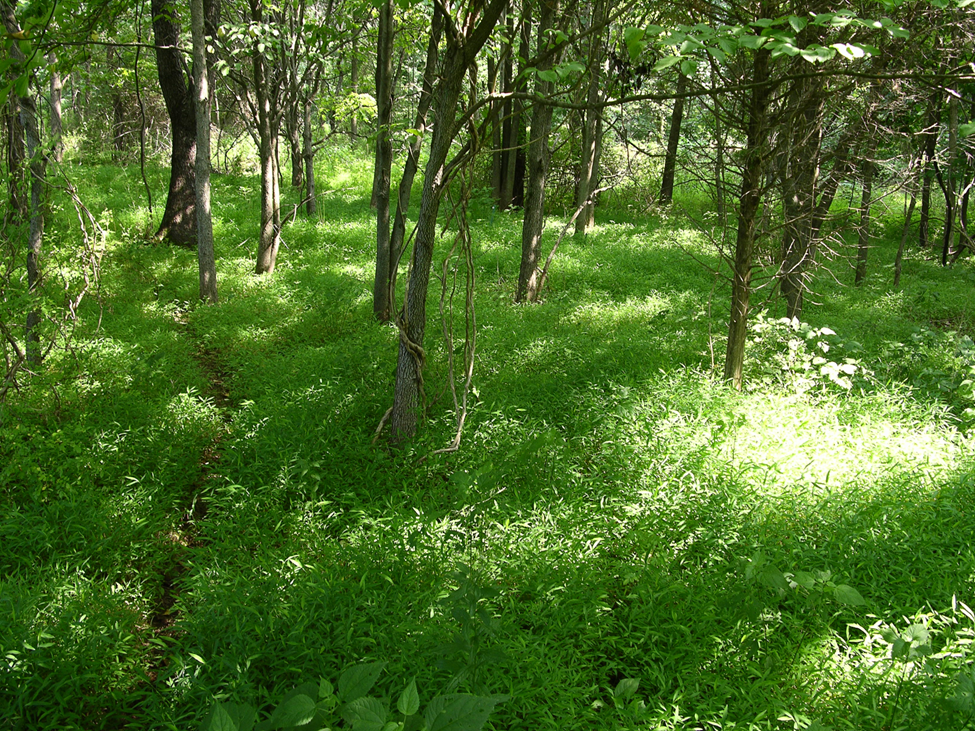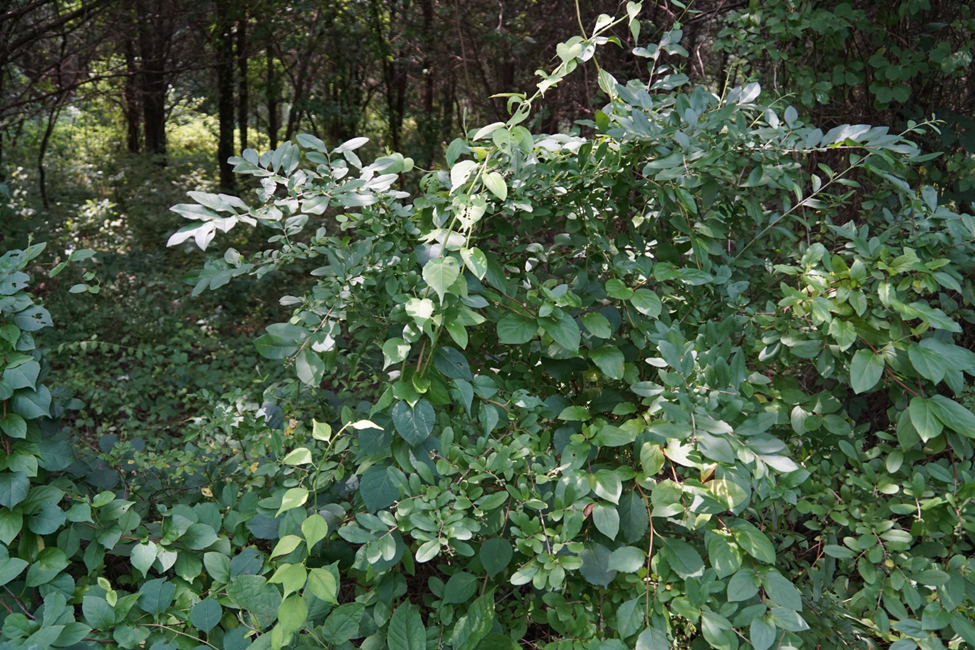Urmi Poddar discusses her paper ‘Similar trait-based successional assembly in native and introduced plants despite species pool differences.’

Background
Invasive species are one of the major threats to biodiversity. These species tend to take over natural communities, leading to the displacement of native species, loss of biodiversity, and disruption of ecosystem functions. But not all introduced species are harmful. In fact, most of them do not become invasive and instead co-exist with native species. So how do some introduced species become so dominant and harmful? And how do others co-exist with native communities? These are the questions we tried to answer in our study.
Perhaps the answer to the above-mentioned questions lies in the community assembly processes of introduced species. Community assembly theory is the branch of ecology which studies the formation of ecological communities and the ecological processes involved in the same. It aims at understanding the factors that determine which species are present in a community and what makes some species more abundant than others. One idea in community assembly theory, called environmental filtering, suggests that the environment ‘selects’ for species with specific traits. That is, only species that have the traits and characteristics needed to survive in the local environment will be present in the local area. Similarly, the species with the most favourable traits for the given environment will be the most abundant. Since the environment cannot distinguish between native and introduced species, you’d expect that highly invasive species would have traits similar to the most dominant native species. Similarly, non-invasive introduced species should have traits similar to the average native species. But is that really the case? That’s what we tried to find out!
Study system
To test whether native and introduced species show similar signatures of environmental filtering, we turned to data from a long-term study called the Buell-Small succession study. Located in New Jersey, USA, this study consists of former agricultural fields which were deliberately abandoned in the 1950s-1960s, allowing nature to take over. Studies such as these give researchers a chance to observe how plant communities form and how they grow back after a disturbance. In this case, the fields started out with mostly grasses and herbaceous plants, later transitioning to shrub-dominated communities and then to young forests dominated by trees. At the same time, invasive and introduced species persisted throughout the study period, with different species showing up and becoming dominant at different time points. These changes over time in both the native and introduced plant communities gave us a chance to identify the assembly processes acting on the two.

The study
Environmental filtering can be studied by looking at the relationship between species traits and their abundance within a community. If native and introduced species face similar environmental filtering, then they should show similar relationships between their traits and their abundance. We tested whether this is indeed the case.
We found that most introduced species do indeed show similar trait-abundance relationships to native species, but not the highly invasive ones! The latter seemed to be ‘cheating’ the environmental filters, showing abundances much higher than what would be expected based on their traits.
How do invasive species ‘cheat’ the environmental filters? One reason could be that these invasive species have unique traits not found among native species, which give them an ‘unfair’ advantage. For example, Japanese stiltgrass (Microstegium vimineum), the most dominant invasive species in our study site, is known to be resistant to deer herbivory. Overgrazing by deer is a major problem in the forests of Northeastern USA. Many native plant populations in these forests are declining as a result. Thus, resistance to deer may be giving Japanese stiltgrass a major advantage over native plants, allowing it grow in the face of deer herbivory. We did not include herbivory tolerance in this study, and thus the advantage concurred by this trait could not be accounted for in our study. Another possibility is that these species can compensate for being poorly-suited to the environment through high dispersal. These possibilities need to be studied further. Nevertheless, our study is the first step towards a better understanding of invasive species using community assembly theory.